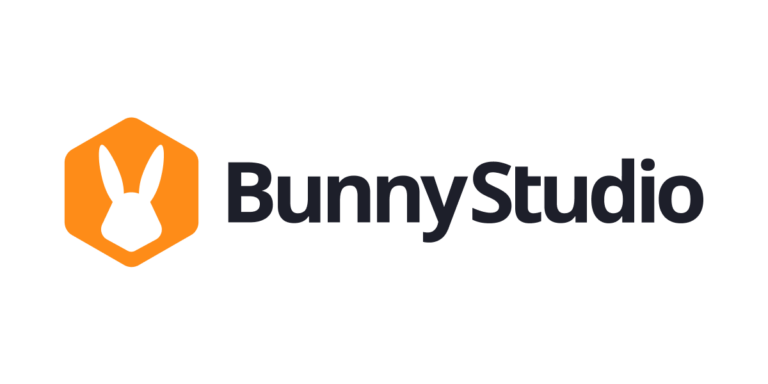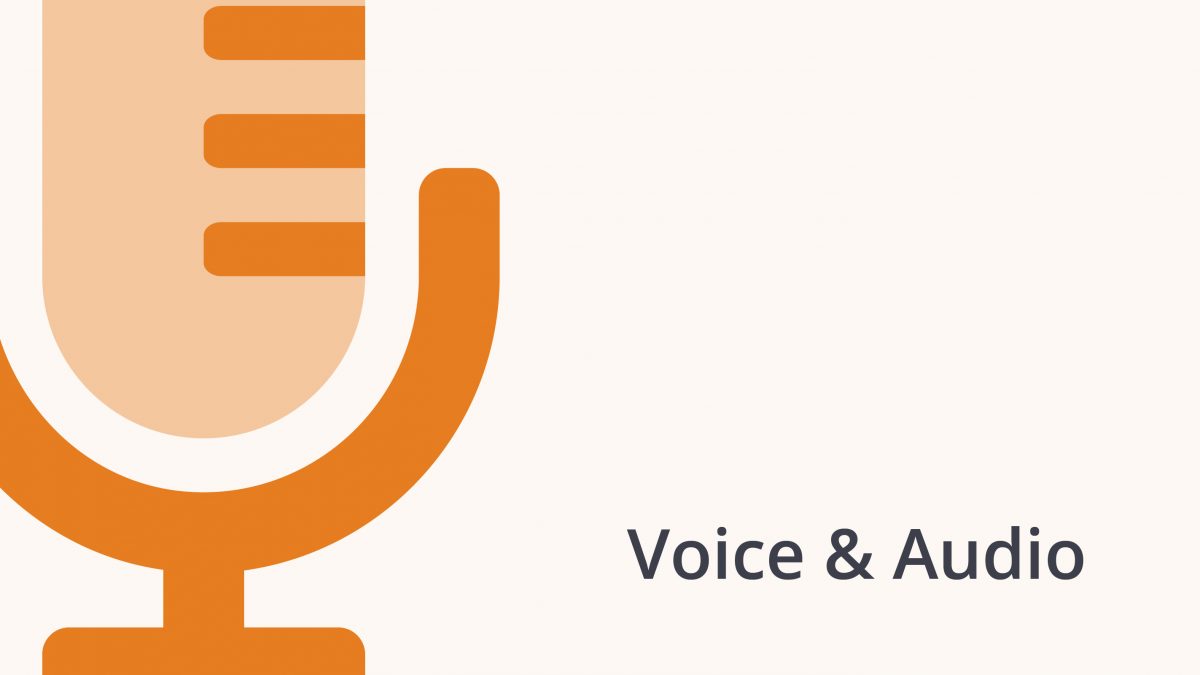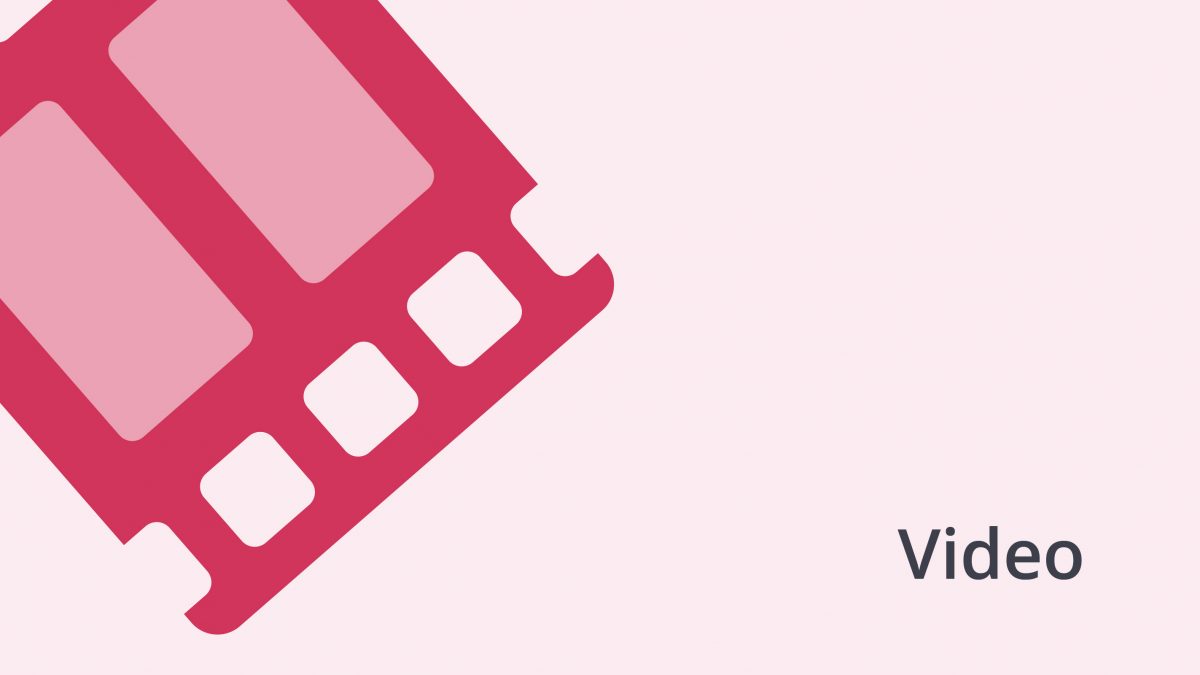An ad expense is an integral part of your business.
While advertising and promotional activities fall under the expense column in your budget, you should really see it as an investment. After all, if your customers don’t know about you, how can they fall in love with you? How can they buy your products if they know nothing about the value you’ll bring into their lives?
But how much should you be spending on advertising your business? Not only will you be spending money to create the communications, you’ll also be buying spots, paying for clicks and also for agency commissions. Here’s where we’re going to help you out; by exploring some ways to make the most of your ad expense.
A note before we get started: the advertising expense is a subset of the more encompassing marketing expense, which is simply put, all the costs incurred in promoting your company. This includes the ad expenses, travel expenses, event expenses, brand development, sponsorships, analytics, employee salaries and so on.
Although it’s tempting to think of advertising and marketing as one and the same, they are not and for the purpose of this article, we’ll only be delving deeper into what it means to optimise your ad expenditure.
But if you prefer to watch a video instead, click here:
To start off, how do you set a budget for advertising expenses?
There are several questions you should ask yourself when you’re going through the exercise of creating a budget for your advertising.
1. Who are you talking to?
Here’s where you create a profile of your target consumer. Who do you think will be interested in purchasing your particular product or service? What are the specific demographics – age, gender, employment, attitudes, values? When you have an idea of who you are talking to you can then craft an advertising message that speaks directly to them. You can target them with specific media.
For example, if your consumer is young, you might not want to invest heavily into television (knowing that TV spots actually cost a great deal). Your money may be better spent on social media influencers. You might want to create a really great website with catchy content.
2. What media does your target consumer use?
As per the example above, we know that a younger audience will probably be online and on social media. If you have the profile at hand, you can put more money into where your target hangs out. This is particularly pertinent if you’re a small to medium business owner, without the deep pockets of an international brand. However, it’s also worthwhile noting that it’s important not to put all your eggs into one basket. You do have choices – billboards, print, TV, radio, direct mailers, mobile and so on. Consider a really good mix of media, to cover as many bases as possible.
3. What are you hoping to achieve?
Do you want to build awareness? Increase traffic? Are you driving sales and conversions? How much do you want to grow? When you have a clear goal in mind, it becomes easier to decide how much to allocate and where to spend the money on. You also have to be realistic : If you cannot increase your advertising budget by that much, you can’t also expect your business to grow by 10%. It’s hard to grow your business if you’re not willing to put more into It’s also easier to see if your advertising is working and to analyse why and where to do better.
4. How much is your competitor spending?
It’s important to know the conditions of the market; if your business category is very competitive and people are pouring in lots of money, your ad budget may need to be higher. If your budget is smaller, you might want to carefully consider which media gives you the most value.
5. How much of your sales to allocate?
Your sales revenues play a big role in how much you can actually afford to allocate. Many established businesses with consistent profits can set an ad expense based on a percentage of sales. So if you’re projecting $500,000 in sales, you may want to allocate between 5-15% in advertising. This amount will depend on the market, media costs, the time of year and your industry. The advertising to sales ratio also helps you determine if your advertising is successful at converting to sales. A low ratio is preferred because it means that an ad campaign is generating high sales relative to the amount of money spent.

Once you’ve answered these questions and determined your goals, you can then decide how best to budget and where to allocate the funds.
What you’re buying:
Ad space:
Also known as media buying, this basically means paying a fee to place your ad. You can choose to place your advertising on newspapers, online, TV, radio, billboards, magazines, mobile apps and so forth. You might be charged for the number of times an ad appears, or you might be charged based on the response you get. For example, if you’re running an ad on TV which includes a toll-free number, the calls go to the TV station and you pay a set fee for each call or sale.
Creative services:
No matter what media you choose, whether its banner ads online or a radio ad or a television commercial, you’ll first need to produce it before placing it. Creating a piece of content involves copywriting, graphic design, video shoots, post-production editing, voice-over, layout, knowledge of creative strategy and so on.
Some media outlets may include the cost of producing an ad if you buy a set number of ads. Other media outlets may only run a finished product. If you have an in-house creative team, you can allocate their hours to each ad track the expense of each piece of advertising you make. If you choose to appoint an agency, you will also be paying a commission.
Agency commission:
Paying for clicks:
Today, your advertising campaign would not be complete without some form of online element to it. Digital advertising incurs costs of its own, wherein you pay for each lead you get from advertising. Google, Facebook and Instagram all have their own form of pay-per-click advertising. You’ll choose keywords that people may use to search for your product or service. Website owners will put your ads on their websites. People who use these keywords may then find those pages and click on your ads. This is a lead generating tactic, so you’ll only pay when website visitors click, hence the name “pay-per-click”.
What can you do to make the most out of your ad expense?
Test
Testing your ads before you spend can give you greater return and also help minimise mistakes.
Among some tests you can run are:
- Free trials or demos. Before signing up for a new tool or service, it’s a good idea to use the free trial offered or to request a demo. Then you’ll know exactly what you’re paying for.
- Send that test email. This might seem like a hassle, but trust us, it will be worth it if you should catch a typo, or a bad link or see that it doesn’t show on some devices.
- Ad efficacy. Before running the ad, it’s probably a good idea to show it to someone in your target audience to make sure the messaging is spot on. You can even run tests on a small segment of your audience, and see which words, colours or call to actions produce the best effects.
Don’t throw good money after bad; testing before full execution can help you avoid costly mistakes and optimise your content for the best results.
Recycle
Don’t make the mistake of using your content once only. It takes time, money and effort to produce good quality content. Everything has certain costs associated. So to get the most out of the resources you’ve put into creating content, it would be good to find ways to recycle and repurpose them.
You could:
- Turn slides from a powerpoint into an infographic. Or break them down into bite-sized points in the form of social media posts.
- Compile and print physical copies of your blog posts or eBooks to give out at trade shows or events.
- Turn your blog posts into eBooks or vice versa.
- Create a listicle blog post that rounds up all your previously published posts related to one topic.
- Update and re-publish old blog posts whenever you can.
- Reuse copy from your brochures or flyers or packaging for product descriptions.

Segment
We spoke above on how you have to target an ideal audience to ensure greater return. But don’t forget that within that broad audience are subgroups. For online advertising particularly, you may be able to further segment out your target audience. This allows you to be more specific with your content, particularly when you attune your messaging to each demographic.
It’s tempting to want to reach the most amount of people possible and get “more bang for your buck”. This may not serve you well if the audience you reach only has a small percentage of people who might want your product or service. It’s far better to talk to a smaller, more select group of people who are already in the market for what you have to offer.
Track
All your campaigns should be tracked and measured. This is a very important step that allows you to put more money, time and effort into what’s working and to identify areas where you can improve.
Adjust
Be nimble and ready to adapt. If your results are not what you want, then be prepared to make changes. Also bear in mind that costs may change due to seasonal trends. For example, digital advertising costs more in December; if you advertise heavily online, you have to be prepared for that. Or in summer, you may want to do more outdoors advertising because people are more likely to be out. Make plans for that and allocate an adequate budget.
Outsource
Outsourcing is a modern option to help with your creative content. It’s most cost effective than paying agency commissions, and it’s a method that does not incur the overhead costs of establishing an in-house agency. The team of experts and creatives at the Bunny Studio for instance, can deliver copywriting, podcasts, videos, audio ads, voice-over that don’t compromise on quality, while you focus on the logistics of your business.
One last thing to bear in mind is that advertising is part of a larger marketing ecosystem that also includes publicity, branding, sales promotion, public relations and personal selling. When developing your advertising budget, you have to bear in mind to allocate certain amounts to these other tools as well. A good mix is needed to reach as much of your audience as possible.
To conclude, when you’re setting up an advertising budget, it’s useful to consider how much your competition is spending, who you’re targeting and what your goals are. Once you have a certain figure in mind, you can then move on to shopping and spending your money on production, media placement, commissions and clicks. Ideally, you’d want to optimise every dollar spent – that’s why you need to test, recycle, segment, track, adjust and ultimately, consider outsourcing.
We’d love to have a chat with you on how we can help you make the most of your advertising budget!










